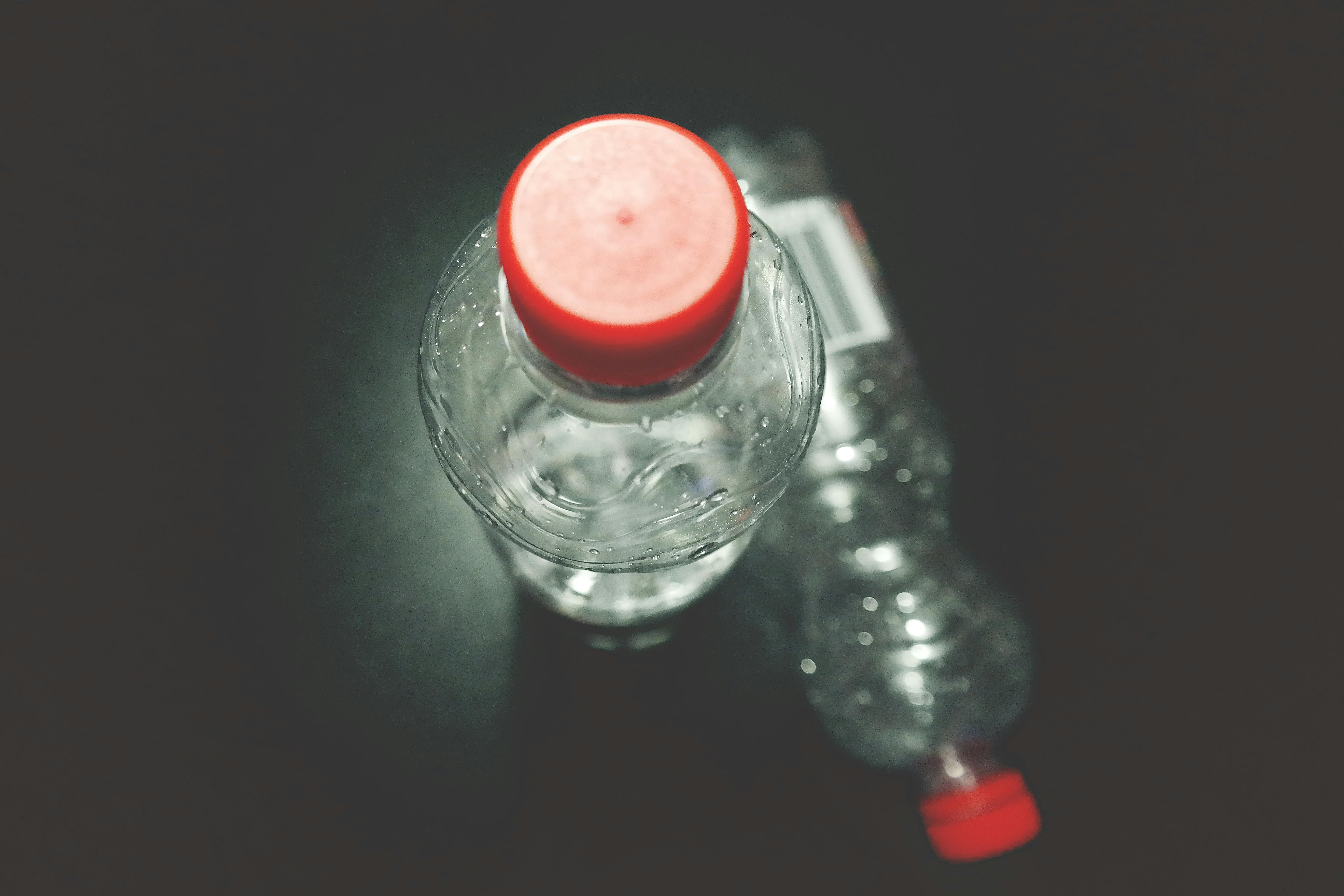Deciding on a lumbar spinal stenosis treatment depends on the case that is diagnosed as the cause of thinning of the spinal canal. For example, in both degenerative disc disease and herniated disc, compression of the spinal cord and its nerve roots results from protrusion of components from the center of the disc (“nucleus pulposus”). Additionally, nerve compression evolves as a result of abnormal curvatures of the spine, also known as spondylosis, or unstable spine (spondylolisthesis). In case the nerve compacted by spinal stenosis is the sciatic nerve, sciatica occurs.
Natural exercises to relieve back pain. Still, there are several disputes about the efficacy of non-surgical treatment for spinal stenosis for the simple reason that these techniques will not correct the condition within the spine. Yoga, exercises, and other natural back pain relief may only briefly relieve symptoms.
Spinal decompression therapy. Another type of spinal stenosis treatment is spinal decompression therapy. Spinal decompression machines such as the VAX-D and DRX9000 have been found to be able to correct compressed spinal canals caused by degenerated or herniated discs.
However, if the reason for the stricture is bone spurs due to osteoarthritis, this procedure is contraindicated. Furthermore, in patients with accompanying osteoporosis, spinal decompression will not only aggravate the stenosis, but may even lead to fractures in the vertebral bones.
Surgery. What is considered the best option among the numerous spinal stenosis treatments is surgery. One of the most frequently performed surgical procedures is laminectomy, which involves removing the lamina or roof of the affected vertebral bone in order to relieve pressure on the spinal cord.
As an invasive procedure, laminectomy is not without its complications. Spinal instability is probably the main complication of laminectomy. Because of this, the procedure is done in conjunction with spinal fusion. Failed back syndrome (FBS) is another complication, in which there is persistent pain despite repeated back surgeries. Some of the factors that contribute to the development of this condition are: residual or recurrent disc herniation; persistent postoperative pressure on a spinal nerve; smoking cigarettes; scar; impaired joint mobility or joint hypermobility with lack of stability; history of systemic disorders (diabetes, autoimmune diseases, peripheral vascular disease); deconditioning of the spinal musculature; anxiety; and depression
In cases like these, patients may require additional treatments such as minor nerve blocks, TENS, NSAIDs, antidepressants, and epidural steroid injections.
Minimally invasive procedure. Recently, a laser treatment for spinal stenosis that is minimally invasive, such as laminotomy, has been shown to work as a form of spinal stenosis treatment with only a small risk of the complications that accompany major surgery.
